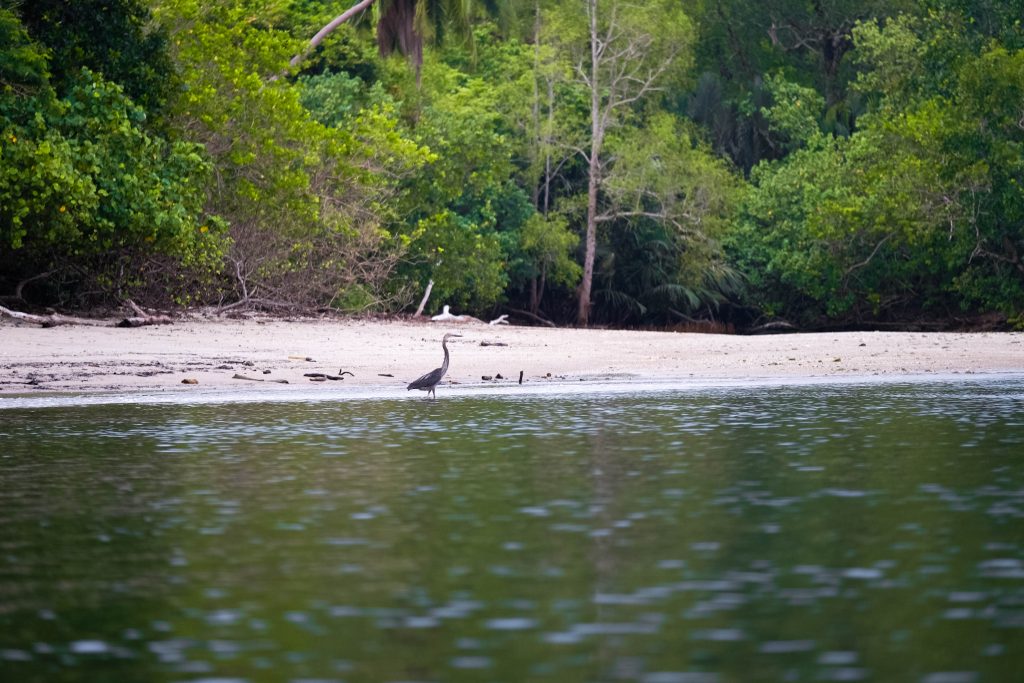
NIKKI Peucang Resort
The Best Beachfront Resort Within Reach of Jakarta
Ujung Kulon: A Global Benchmark for Conservation

At the far western tip of Java, where paved roads disappear and phone signals fade into silence, lies a world that feels like a forgotten page from an old geography book: Taman Nasional Ujung Kulon. Here, rainforests embrace white-sand beaches, the Indian Ocean roars with ancient force, and wildlife moves as if untouched by the 21st century. Everything feels primordial—beautifully, defiantly so.
But Ujung Kulon is more than a scenic escape. It is a global benchmark for conservation, a living example of how an intact ecosystem can persevere while so many others, especially in Java Island, collapse under the weight of time and human pressure.
A Gateway to a Vanishing World
Traveling to Ujung Kulon feels like a pilgrimage to the past. Boats from Sumur glide across jade-green waters, passing small forested islands that appear and vanish at the horizon. The air carries the scent of salt and wet leaves—a natural welcome, soft but unmistakable, from the wild.
Upon arriving on Peucang Island, you’re greeted not by people, but by wildlife. Deer and wild boar roam freely, unbothered by human presence. Long-tailed macaques linger on low branches, observing visitors with the curiosity of unofficial guardians of the island.
Last Refuge of the Javan Rhino
Beneath its serene surface, Ujung Kulon carries a monumental responsibility: it is the last habitat of the Javan rhinoceros, one of the rarest large mammals on Earth. No other place on the planet shelters them. Here, deep within the lush undergrowth and quiet marshes, the rhinos roam as if the outside world has never changed.
Spotting one is nearly impossible—they are elusive, solitary, and masters of camouflage. Yet every footprint, every image captured through camera traps, is a small miracle, a sign that conservation here is working.

A Tropical Forest Beyond Beauty
For travelers, Ujung Kulon is a hidden paradise of trekking trails, clear lagoons, and untouched coastlines where animal tracks mark the dawn.
For scientists, it is a living laboratory. Its pristine lowland forests offer a rare opportunity to study tropical ecology in an environment that has remained largely undisturbed. Every towering tree, every hornbill soaring overhead, and every coral structure beneath the water tells a story shaped over thousands of years.
Many conservationists worldwide look to Ujung Kulon as a model—an example of how protected areas should be managed, with strict preservation zones, limited development, and genuine collaboration with local communities.
Pride, Challenges, and the Future
Even as a global conservation success story, Ujung Kulon faces threats: disease risks for the rhino population, potential tsunamis from Anak Krakatau, and human pressure on buffer zones. For rangers and conservation teams, every day is a balancing act—protecting the wilderness while supporting nearby communities.
Yet it is precisely these challenges that make Ujung Kulon a powerful reminder that conservation is not a one-time achievement. It is a long, patient, and deeply human endeavor.
A Legacy for Future Generations
For anyone who sets foot in Ujung Kulon, the experience lingers—its silence, its wildness, its vulnerability. You leave not just with photographs, but with a profound understanding that you’ve walked through one of Earth’s last strongholds of true wilderness.
Ujung Kulon is not just a national park. It is a symbol of hope, a scientific treasure, and a global benchmark for conservation. Protecting it means safeguarding a piece of our planet’s future—and that may be the most meaningful journey our generation can take.